
Dashida, Korean seasoning for cooking, 300g KJmarket
I have organized the list based on Escoffier's categorization of seasoning and condiments: ( ones in italics are extra and not a 'must-have') Seasonings (양념 Yang nyeom ) Saline Seasonings. Salt (소금 Sohkeum) - Korean sea salt is best. (see my K Ingredients page) Acid Seasonings. Vinegar (식초 Shikcho) - Brown Rice Vinegar.
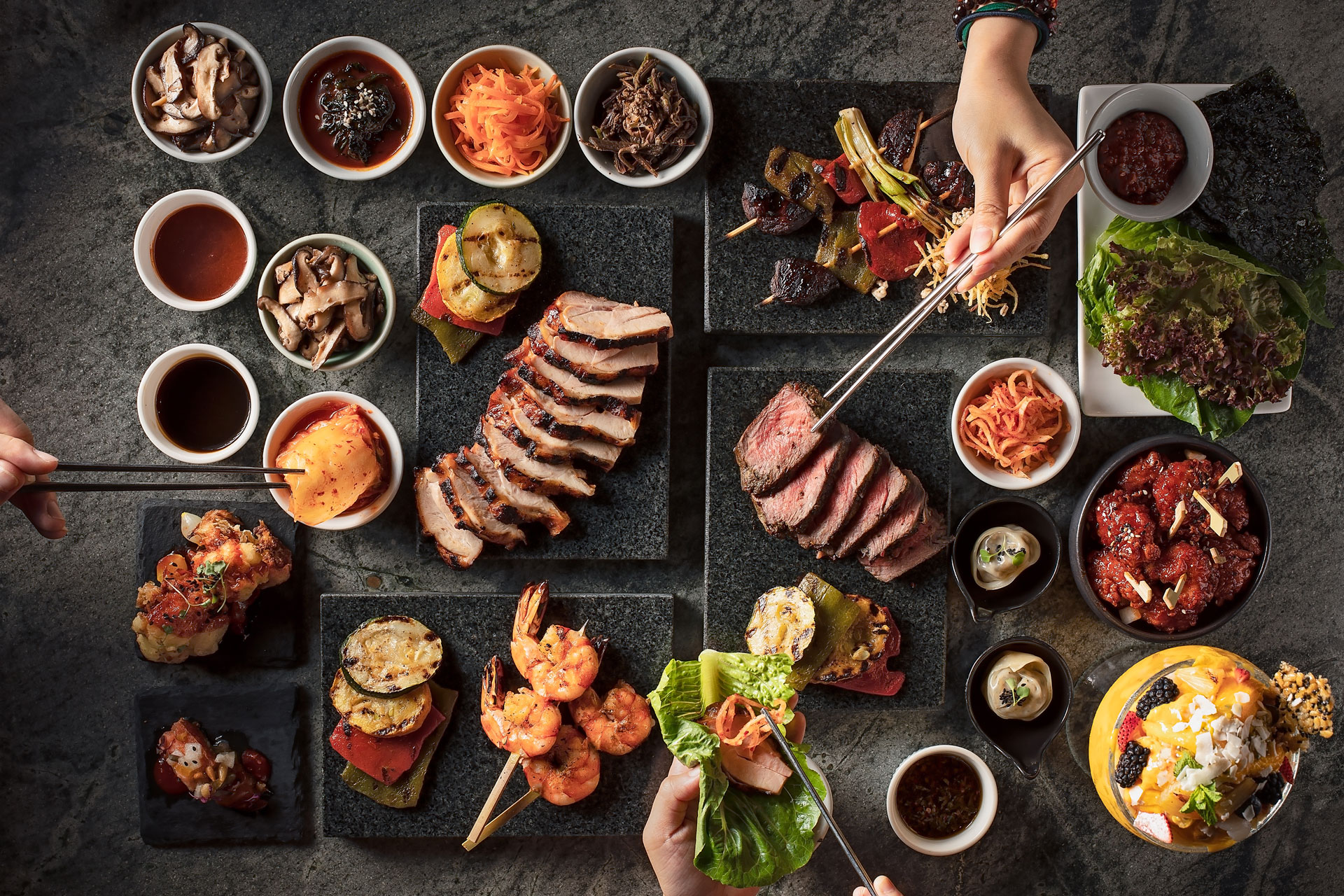
All Essential Asian Sauces & Seasonings Korean Asian Inspirations
Instructions. Combine all ingredients in a small bowl. Taste and adjust quantities, if desired. Did you make this? My essential weeknight recipe isn't a specific dish but a piquant and versatile condiment, dipping sauce, and marinade that livens up everything from tofu to meat, vegetables, dumplings, and noodles.

Korean Seasoning Powder Set Anchovy Shrimp Kelp KFoods NonGMO 2.46 oz
Gochujang. A key seasoning in many Korean dishes, gochujang is fermented for many years in clay pots. One of the main ingredients in gochujang is gochugaru but gochujang is only moderately spicy at most. The other ingredients include glutinous rice and soybeans. Gochujang is essential for various Korean favorites including rice cakes and.
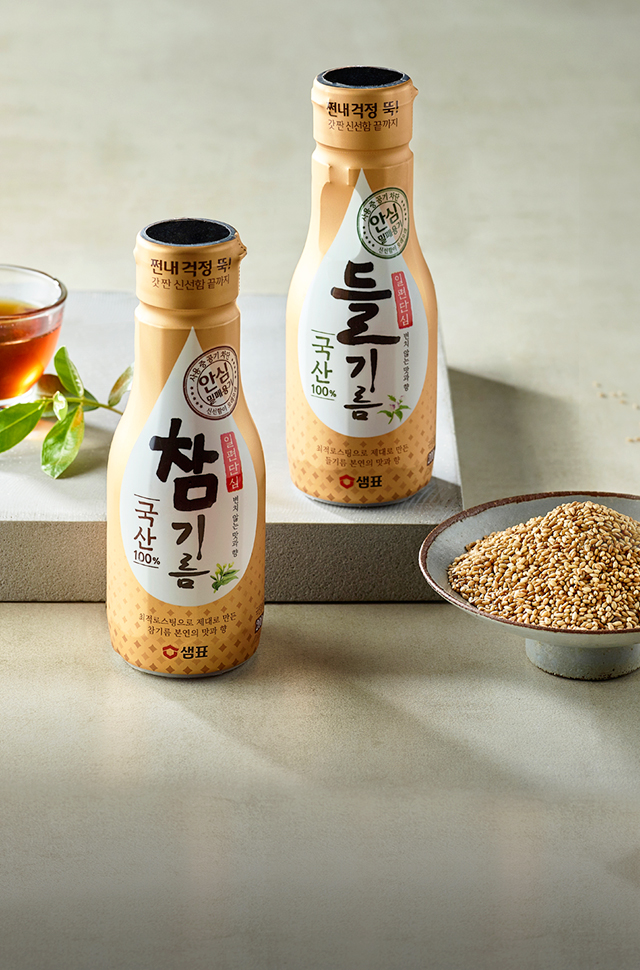
Basic Korean Seasoning Sempio
Great for pork chops, chicken, chicken wings, shrimp, fish, roasted vegetables, etc. *There's salt in the rub so adjust accordingly. For a general dry rub, I recommend 1 Tbsp of Magic Dust per 1 lb protein. But feel free to experiment and find what works for you. For a finisher, I sprinkle over anything that's already cooked and needs a.

Korean cooking ingredients Spices ingredients on
8. Dasima: Dasima is the Korean term for kombu, or dried kelp. Like Japanese dashi, Korean cooking uses dried kelp to add umami flavor to broth. 9. Gim: Gim, or dried seaweed, is thinner and more pliable than kelp. Gim is used for wrapping kimbap (Korean-style sushi), as a garnish, and as a snack. 10.

The Three Most Common Korean Seasonings Rosemont, CA Patch
Enjoy a taste of Korea from your very own pantry! Here are some Korean kitchen and cooking staples every foodie loves

Korean garlic pear seasoning paste Kimchimari
1. Wash/clean and peel all ingredients. Optionally, you can leave the pears unpeeled. 2. Cut pears, radish and onions into large chunks and put in a blender. garlic and ginger paste in blender. 3. Blend until smooth. Garlic, onion, pear, radish and ginger blended.

Essential Weeknight Recipe Korean Seasoning Sauce Kitchn
2. Tteokboki. Tteokbokki is no. 1 street food in Korea. Gochujang gives lots of umami flavors to these soft, chewy rice cakes. 3. Gochujang jjigae. Gochujang jjigae is a stew primarily seasoned and flavored with gochujang. It adds lots of spicy, robust flavors to this simple stew made with zucchini and potatoes.
Korean Assorted Flavor Seasoning Powder 1kg CJ Hanguk Kitchen Korean
Korean Spices The Korean dinner table is a mosaic of complimentary dishes and flavors. A bubbling bowl of jjigae neighbors a plate of sticky and sweet beef short ribs. A steaming stone bowl of short grain rice waits to be smothered with spoonfuls of bulgogi. Any inch of open space left on the table is filled with little side dishes called banchann.

Recipes for Tom Korean seasonings
Korean cuisine basics. Mitbanchan. Preserved side dishes. Pickles. Quick-brined. Spicy. I love spicy food :) Nonspicy. There are plenty! Beef. For meat lovers. Seafood. Surrounded by the sea. Pork. Some new dishes to try. Chicken. Our most delicious. Vegetarian. No fish, meat or chicken. Vegan. No animal products at all. Temple cuisine. From.
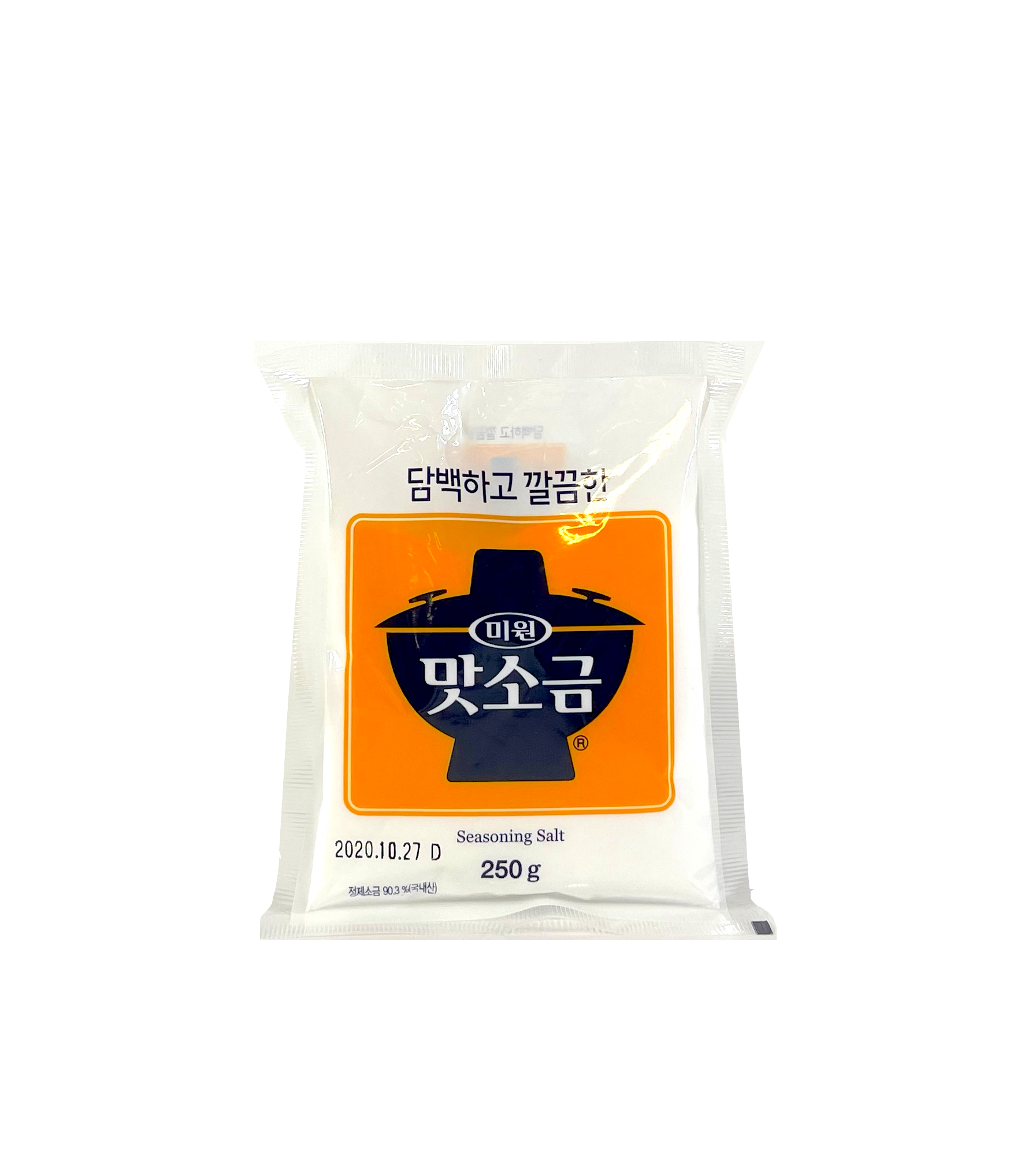
Seasoning Salt 250g CJW Korean
Korean chili powder is a vibrant red seasoning traditionally made with sun-dried chili peppers ground into different consistencies ranging from fine to flaky. Though not as spicy as cayenne or other chili powders, it will still bring some heat. It tastes sweeter than Sichuan chili flakes and has a slightly smoky flavor.

Dashida, Korean seasoning for cooking, 300g KJmarket
Directions. In a large bowl, mix the seasoning sauce ingredients together until well incorporated. Tear the sheets of gim with your hands into small pieces over the seasoning sauce and gently toss all together. Transfer to a serving plate or bowl. Serve with rice and other side dishes, or pack in a lunchbox. Print recipe.

Korean Pickle and Seasoning Stock Image Image of korean, seasoning
4kodiak/Getty Images. Yangnyeomjang is a type of seasoning sauce rather than a dipping sauce, which means it's often used as a central flavor component in dishes. In fact, even part of its name.

Knorr Korean BBQ Seasoning 100 Natural Seasoning Blend The U Shop
Korea is a peninsula, so Koreans eat a lot of seafood although meat has become very popular in the last 50 or so years. The most common spice and sauce ingredients used in Korean cuisine are: Sesame oil. Chili pepper paste ( kochujang) Chili pepper flakes ( kochukaru) Soybean paste ( daenjang) Soy sauce. Garlic.
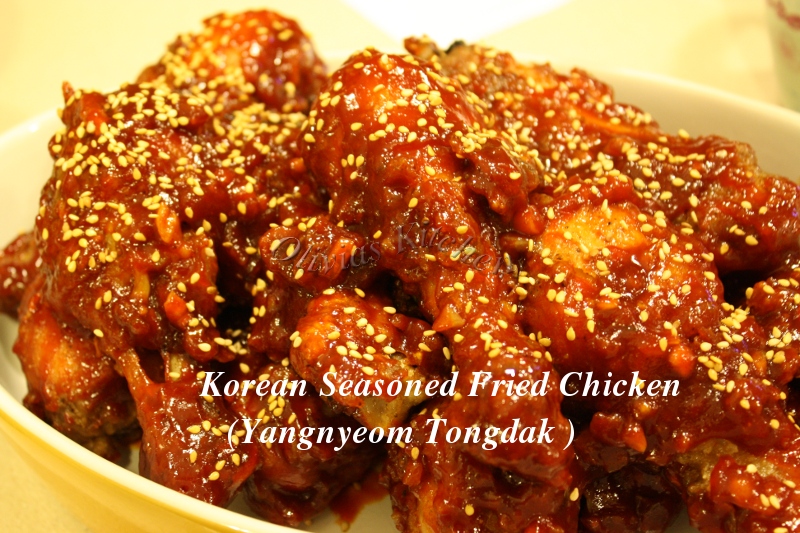
Yangnyeom Tongdak ( Korean seasoned fried chicken ) Olivia's Kitchen
This spicy paste contains gochugaru powder (red chili powder) , barley malt, glutinous rice, fermented soybeans, and salt. Look for labels that indicate a different level of spiciness or ingredients. Sunhan mat (순한맛): mild taste. Maewun mat (매운맛): spicier. Dul-maewun (덜매운): less spicy.
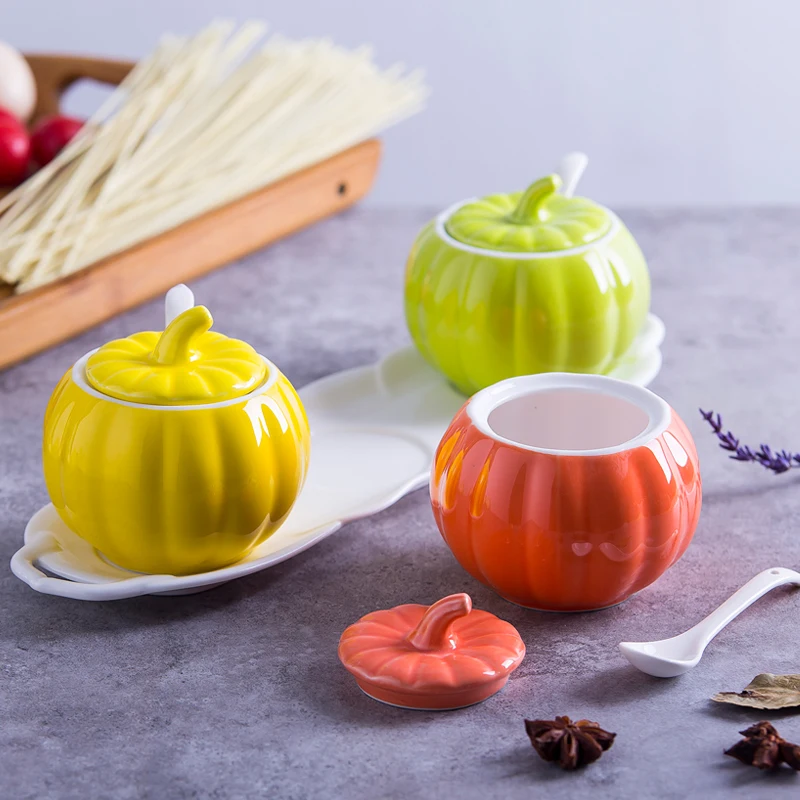
Creative ceramic seasoning jar Korean seasoning box bottle seasoning
Combine all the seasoning ingredients, including the rice paste and about 1/2 cup water (or the optional dashima broth), and mix well. Set aside until the gochugaru dissolves slightly and becomes pasty. Cut the radish and optional pear into matchsticks (use a mandoline if desired), transferring to a large bowl.